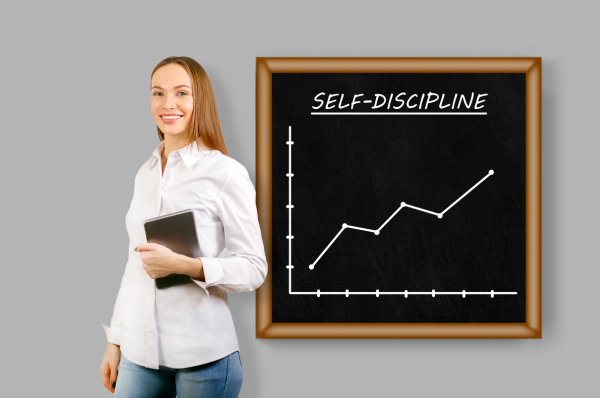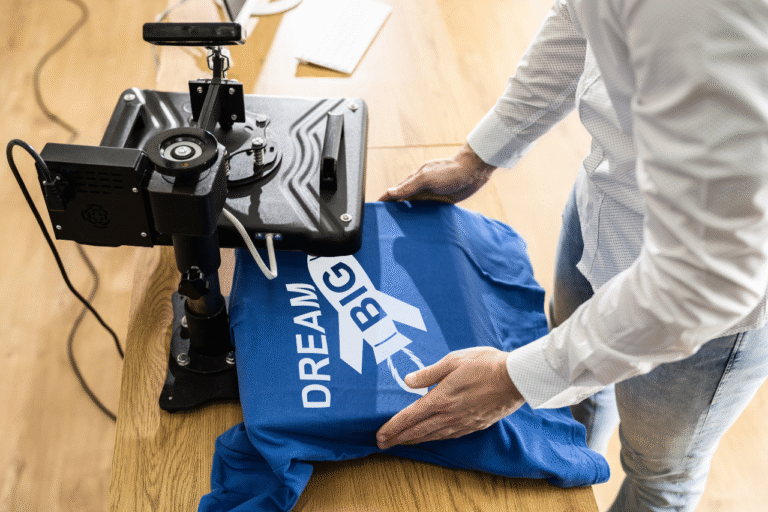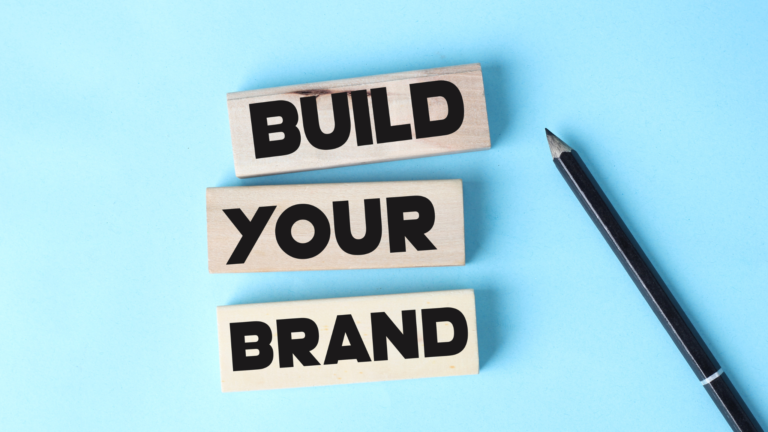Beyond Burnout: How to Balance Ambition and Work Self Care for Lasting Success
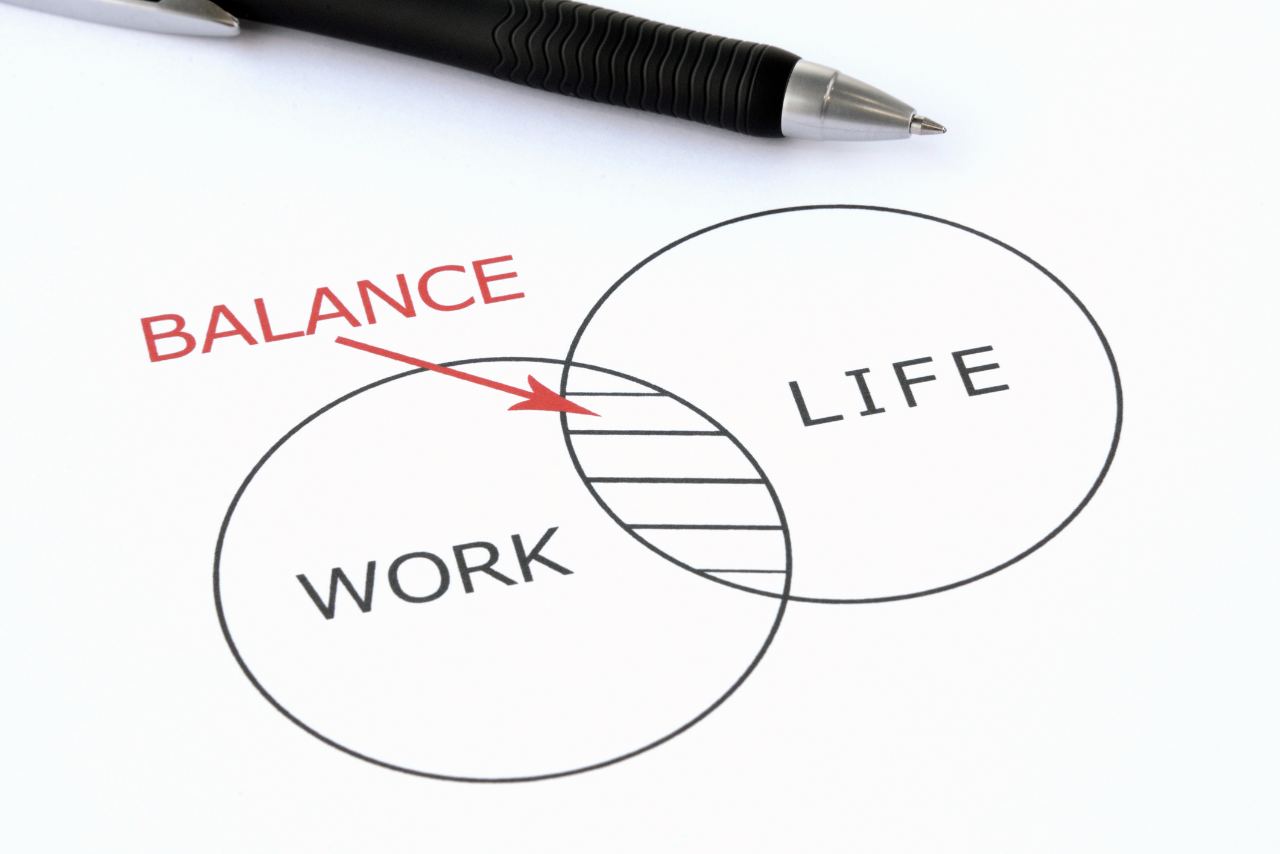
Balancing Ambition with Self-Compassion
Many ambitious people believe they need to be hard on themselves to succeed. They push themselves relentlessly and criticize every mistake. While this approach might work in the short term, it often leads to burnout and decreased performance over time. It is best to treat yourself with kindness while pursuing your goals. It will lead to better results and more sustainable success in work self care.
When you balance your drive to achieve with self-compassion, you create a foundation for long-term growth. This approach helps you maintain your motivation while building resilience for the challenges ahead.
The Science of Self-Compassion in High Achievement
Self-compassion actually improves your performance. When you treat yourself kindly, your stress levels decrease and your ability to focus increases. This might seem counterintuitive, but harsh self-criticism often makes you more anxious and less effective at your work.Your brain responds better to encouragement than criticism.
By approaching challenges with this attitude, you become more willing to take smart risks and learn from mistakes. This mindset helps you grow and improve without the negative effects of constant self-judgment.
Practical Integration Strategies
Start your day by setting meaningful goals while acknowledging that challenges are normal. When you face setbacks, talk to yourself as you would to a friend who needs support. Remember that making mistakes is part of any growth process.
Take regular breaks to check in with yourself. Notice when you feel overwhelmed or start engaging in harsh self-talk. Use these moments to adjust your approach and remind yourself that taking care of yourself helps you perform better.
Create a simple end-of-day practice to acknowledge your efforts and progress. Write down what went well and what you learned, rather than focusing only on what you could have done better.
Navigating Common Challenges
Many people struggle with feeling like an impostor, especially when they care deeply about their work. Remember that these feelings are common among high achievers. Instead of letting self-doubt hold you back, use it as a signal to practice self-compassion.
Working in competitive environments can make it hard to maintain kindness to yourself. Set boundaries that protect your wellbeing while still pursuing your goals. This might mean saying no to extra projects or taking time to recharge after intense work periods.
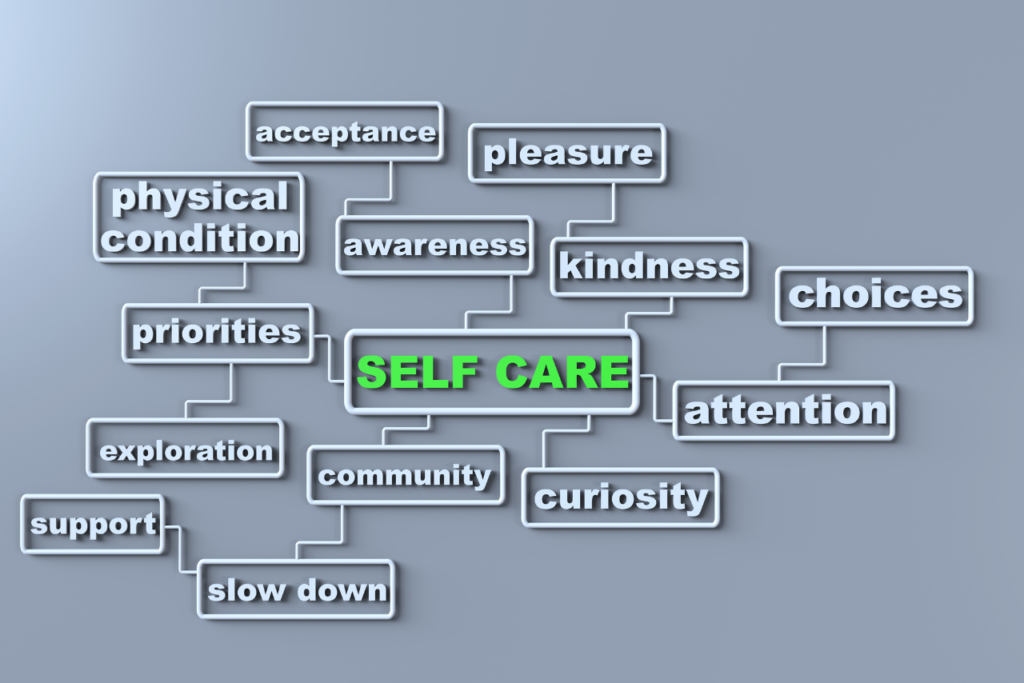
When you notice perfectionist tendencies taking over, pause and remember that excellence doesn’t require perfection. Focus on progress and learning rather than flawless execution.
Measuring Growth and Success
Look beyond traditional metrics of success to include measures of sustainable performance. Notice improvements in how you handle setbacks and challenges. Pay attention to whether you maintain your motivation and energy over time.
Track your ability to bounce back from difficulties. Self-compassionate people often recover more quickly from setbacks and maintain their drive toward long-term goals. Watch for signs that you’re building resilience while pursuing your ambitions.
Start practicing it alongside your ambition today. When you face a challenge, take a moment to acknowledge the difficulty and respond to yourself with understanding. This simple practice can help you maintain your drive while building a more sustainable approach to success.
Remember that balancing ambition with self-compassion takes time and practice. Small changes in how you treat yourself can lead to significant improvements in both your wellbeing and your achievements. When you support yourself with kindness while pursuing your goals, you create a stronger foundation for lasting success.
Hidden Connection to Peak Performance
Your attention bounces between emails, messages, and quick tasks throughout the workday. This constant switching makes it hard to do meaningful work. Deep work means focusing completely on one important task without distractions.
When you combine this focused work with thoughtful reflection, you can achieve much more than you might expect.
Deep work helps you create valuable things and solve complex problems. It means tackling challenging tasks with complete attention, thinking carefully about what works well and what needs to change. This intense focus and reflection helps you perform at your best.
The Neuroscience of Deep States
Your brain works differently when you focus deeply on work. During these periods, your mind processes information more effectively and makes better connections between ideas.
These same brain patterns happen during reflection time, when you think carefully about your experiences and choices.
Taking time to reflect after focused work helps your brain process what you learned. This combination strengthens your ability to concentrate and solve problems.
In fact, many people find they come up with their best ideas during these quiet times after intense work periods.
Building Your Deep Practice Framework
Start by creating a specific space for deep work. Remove distractions from your workspace and gather everything you need before you begin.
Some people like to have a morning routine that signals their brain it’s time for focused work.
Schedule specific times when you know you won’t be interrupted. Let others know you’ll be unavailable during these periods. Keep a simple notebook nearby to write down any thoughts or insights that come up during your work.
Make your workspace comfortable but not too relaxing. Good lighting and a comfortable chair help you stay focused longer.
Some people find that working in the same place each day helps them get into a deep work state more quickly.
The Deep Work-Reflection Cycle
Before you start, take a few minutes to review your goals for the session. Think about what you want to accomplish and why it matters.
This helps you stay focused when distractions come up.
During your work, notice when your mind starts to wander. Gently bring your attention back to your task. Some people find it helpful to take brief notes about their progress.
After each scheduled period, write down what you accomplished and what you learned. Think about what helped you focus and what got in your way. Use these insights to make your next work session even better.
Measuring Depth Impact
Watch how your work improves when you practice deep work and reflection. Notice whether you finish important projects faster or come up with better solutions to problems. Keep track of how long you can work deeply without getting distracted.
Pay attention to how you feel after a session. You might find you’ll feel more satisfied with your work and less stressed about your tasks.
Notice whether you make better decisions or spot important details you might have missed before.
Start small with one focused work period tomorrow. Pick a quiet time when you won’t be interrupted. Turn off your phone and close your email. Work deeply on one important task, then take time to reflect on how it went.
You’ll likely find this combination of deep work and reflection helps you do your best work.
Integrating Reflection Practices into Your Routine
Stepping back to reflect feels impossible when deadlines keep coming. Most workers spend their days rushing from task to task without taking time to think about what they’re doing and why.
When you add it to your workday, you can make better decisions and feel more satisfied with your work.
While many people think this practice takes too much time, it actually makes you more productive when you do it regularly.
The Science of Workplace Reflection
Taking time to think back helps you make better decisions at work. People who spend even a few minutes thinking about their choices make smarter decisions throughout the day. When you think about on what you learn, you remember more and develop your skills faster.
Reflection also reduces your stress levels at work. When you take time to process your experiences, you handle challenges better and stay calmer under pressure.
The time you spend pays off through better work quality and fewer mistakes. Companies that encourage it report higher productivity and employee satisfaction.
Quick-Win Reflection Techniques
You can start each morning by thinking about what you want to accomplish that day. Take a few minutes before you check your email to write down your main priorities. This helps you stay focused on what matters most.
In the middle of your day, pause to check how things are going. Think about what you’ve done well and what needs adjustment. This mid-day check helps you stay on track and make changes when needed.
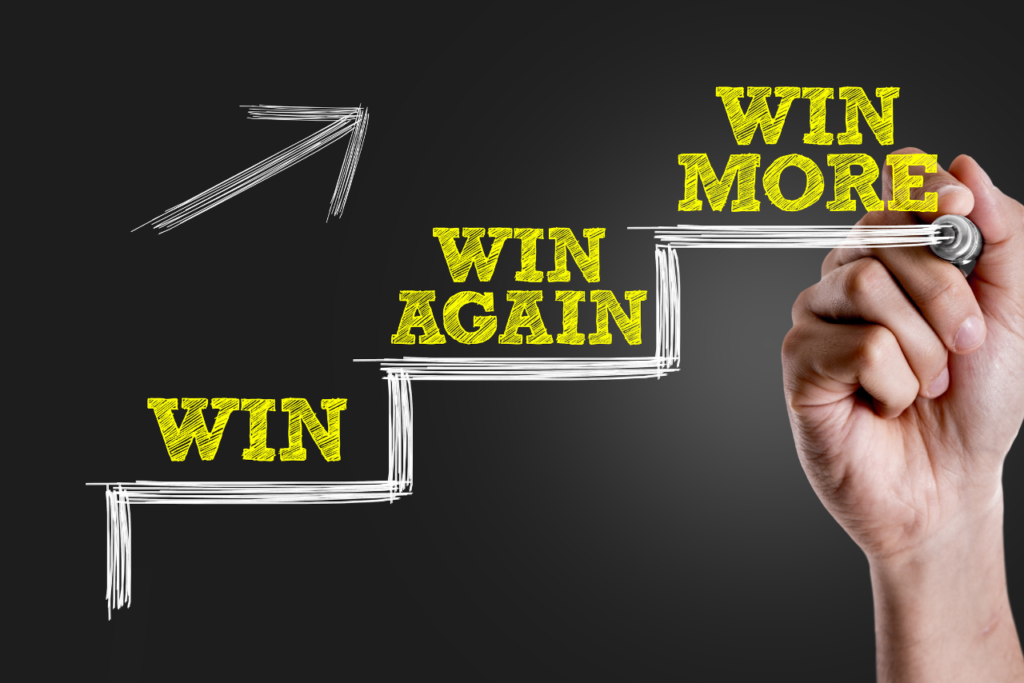
Before you finish work, review what you accomplished. Write down three things that went well and one thing you want to do differently tomorrow. This helps you learn from each day and prepare for the next one.
When you switch between different tasks, take a moment to clear your mind. This small break helps you focus better on your next activity. Keep a simple notebook or digital note-taking app to capture your thoughts during these reflection moments.
Overcoming Common Reflection Barriers
Many people say they don’t have time. Start with just two minutes between tasks. You’ll find this small investment saves you time by preventing mistakes and helping you work more efficiently.
You might feel pressure to keep working without breaks. Remember this will make your work self care better. It’s not wasted time but rather an important part of doing good work.
Work distractions can make it difficult. Find a quiet spot, even if it means stepping away from your desk. Some people prefer doing this during their morning commute or lunch break.
Tell your coworkers about your practice. When others know you’re taking time to reflect, they’ll be more likely to respect this time and might even join you in the practice.
Measuring Reflection’s Impact
Watch how it changes your work. Notice when you make better decisions or handle problems more effectively. Keep track of your mood and energy levels throughout the day.
Pay attention to how your communication with teammates improves. Many people find they express their ideas more clearly and listen better to others after starting to reflect.
Start your practice tomorrow morning. Take just two minutes to think about what you want to accomplish.
Notice how this small change affects your whole day. When you see how reflection helps you work better, you’ll want to make it a regular part of your routine.
The Productivity Paradox
Have you ever noticed that working longer doesn’t always mean getting more done? A lot of people believe working longer hours leads to greater success. This common belief shapes how you approach your work days, but research tells us something different about productivity and success.
Studies have revealed that workers are truly productive for about three hours in a typical eight-hour day. The remaining time is often spent on activities that leave you tired without meaningful results. Workplaces today often promote constant activity, filling your calendar with meetings and your to-do lists with tasks.
Understanding why this happens requires looking at how your brain actually works during the day.
Knowing the Science Behind Less is More
Your brain works best when you give it time to rest and recover. Understanding why doing less helps you achieve more can transform how you work and what you accomplish.
Research from the University of Illinois demonstrates that taking short breaks from tasks helps you maintain focus for longer periods.
When you work intensely for about 90 minutes, your brain signals you to take a break. Working beyond this point often leads to mistakes, slower completion times, and work that doesn’t meet your usual standards.
Several companies have started testing new approaches to work schedules. Microsoft Japan tried a four-day workweek and found their productivity increased by 40 percent. Companies like Buffer and Basecamp have discovered similar results by reducing work hours.
Signs You’re Trapped in the Productivity Paradox
While companies are discovering these benefits at an organizational level, you might be experiencing the costs of overwork personally.
You might notice signs that you’re working too much when your longer hours result in fewer completed tasks.
You may also find your work quality decreases as the day goes on.
Simple mistakes become more common, and you often feel mentally tired. Your time with family and friends suffers because work takes up too much time.
The Strategic Minimalist Approach to Work
Working smarter is better than working harder.
The Pareto Principle shows you that you get most of your results from a small portion of your efforts. When you know which activities create the best results, you can focus your time and energy on those tasks.
This means learning to say no to less important work so you can say yes to what matters most.
Implementation Strategies for Doing Less
Making these changes starts with breaking your day into focused work periods. Take actual breaks without checking work messages or social media.
Group similar tasks together, such as handling all your emails at set times. Deal with quick tasks right away if they take just a few minutes.
Look for ways to simplify or hand off regular tasks that drain your energy.
Measuring Success in the Less-is-More Paradigm
Measuring success changes when you work this way. Instead of counting hours worked, pay attention to important tasks you complete.
Look at how good your work is, not just how much you do. Notice your energy levels during the day and how long you can focus without interruption.
Success means getting your work done while feeling better about your day.
Try something different tomorrow morning. Choose the most important thing you need to do. Set aside the first 90 minutes of your day to work on it without any interruptions. Turn off your email and phone. Don’t schedule any meetings. Focus only on that important task, then take a real break.
You’ll find this focused morning session leads to better work than hours of scattered activity. Start with this one change tomorrow and notice how it affects both your productivity and your energy throughout the day.
Using AI Tools Mindfully
AI tools have become a regular part of daily life for both work and learning. While these tools can enhance your productivity and help you learn new skills, they work best when you use them thoughtfully.
Many people struggle to find the right balance between leveraging AI assistance and maintaining their own growth and development. When you use these tools mindfully, they become powerful aids for personal growth rather than replacements for your own thinking and creativity.
Understanding how to work alongside them while staying true to your development goals helps you get the most from these new technologies.
The AI-Human Growth Partnership
AI excels at certain tasks like organizing information, spotting patterns, and providing quick feedback. Your strengths lie in creativity, emotional understanding, and making complex judgments.
When you combine these different abilities, you create better results than either could achieve alone.
Learning happens most effectively when you actively engage with information rather than passively receiving it. These tools can present information and suggest approaches, but real growth comes from how you think about and apply these insights.
The key is using it to enhance your learning while maintaining your own critical thinking.
Mindful AI Implementation Strategies
Start by identifying specific areas where it can support your growth goals. Maybe you want to improve your writing, learn a new skill, or become more organized.
Choose the tools that align with these specific needs rather than trying to use every available tool.
Set clear boundaries for your use. Decide when you’ll rely on AI assistance and when you’ll work through challenges on your own. This helps you maintain your problem-solving abilities while still benefiting from the support these tools provide.
Keep track of how you use them.
Notice which activities truly help you grow and which might be holding you back. Some people find they learn better when they work through initial problems alone and use it for refinement and feedback.
Common Pitfalls and Solutions
Many people rely too heavily on AI suggestions without developing their own judgment. Make sure to question recommendations and think through why they might or might not work for your situation. Develop your own understanding rather than simply following its guidance.

